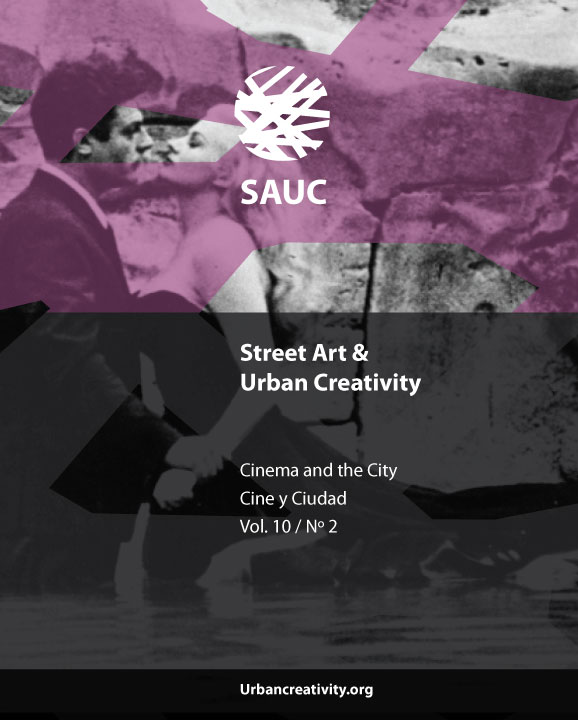The Alienated City in 21st Century Cinema
A Socio-Critical Analysis
DOI:
https://doi.org/10.25765/sauc.v10i2.937Keywords:
Cinema, City, Environment, Socio-Critical Analysis, Social IssuesAbstract
This paper delves into the cinematic representation of the decaying city in contemporary cinema. The main objective is to understand how contemporary cinema reflects and comments on the complex dynamics of urban life in the 21st century, as well as its potential to inspire social and political changes towards a fairer, more sustainable, and habitable city. Through a socio-critical approach, employing the method of discursive analysis, a selection of films exploring urban realities marked by decay, social marginalization, alienation, and environmental crisis is examined. This representation is framed within the current socio-historical context, characterized by globalization, economic inequality, and massive urbanization. The analysis focuses on how these films offer a sharp critique of urban dynamics and the social, political, and environmental problems affecting contemporary cities. Themes such as gentrification, racial and economic segregation, urban environmental degradation, infrastructure collapse, and interpersonal disconnection in hyper-connected urban environments are explored. Additionally, the role of cinema as a tool for awareness and social activism is examined, highlighting how these cinematic representations not only serve as a mirror of urban reality but also as calls to action and critical reflection on the transformation and future of our cities.
Downloads
Global Statistics ℹ️
|
383
Views
|
239
Downloads
|
|
622
Total
|
|
Downloads
Published
How to Cite
Issue
Section
License
Those authors who publish in this journal accept the following terms:
-
Authors retain copyright.
-
Authors transfer to the journal the right of first publication. The journal also owns the publishing rights.
-
All published contents are governed by an Attribution-NoDerivatives 4.0 International License.
Access the informative version and legal text of the license. By virtue of this, third parties are allowed to use what is published as long as they mention the authorship of the work and the first publication in this journal. If you transform the material, you may not distribute the modified work. -
Authors may make other independent and additional contractual arrangements for non-exclusive distribution of the version of the article published in this journal (e.g., inclusion in an institutional repository or publication in a book) as long as they clearly indicate that the work was first published in this journal.
- Authors are allowed and recommended to publish their work on the Internet (for example on institutional and personal websites), following the publication of, and referencing the journal, as this could lead to constructive exchanges and a more extensive and quick circulation of published works (see The Effect of Open Access).













